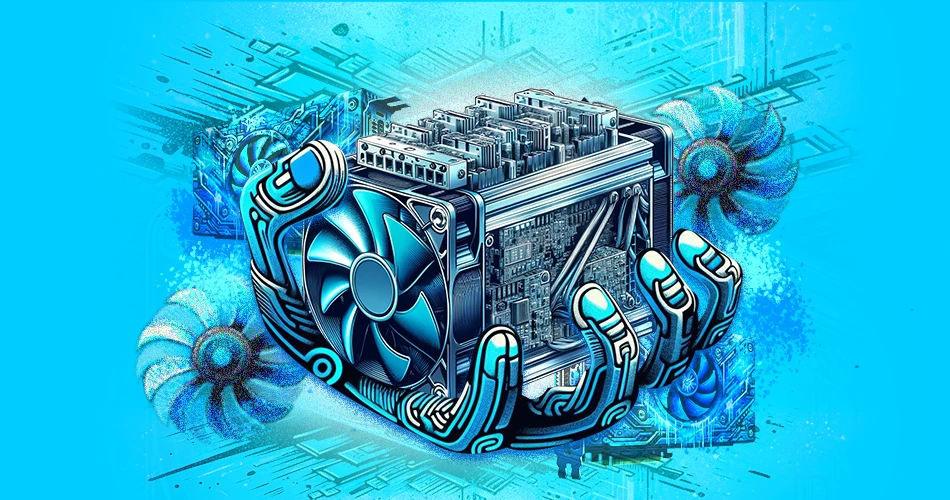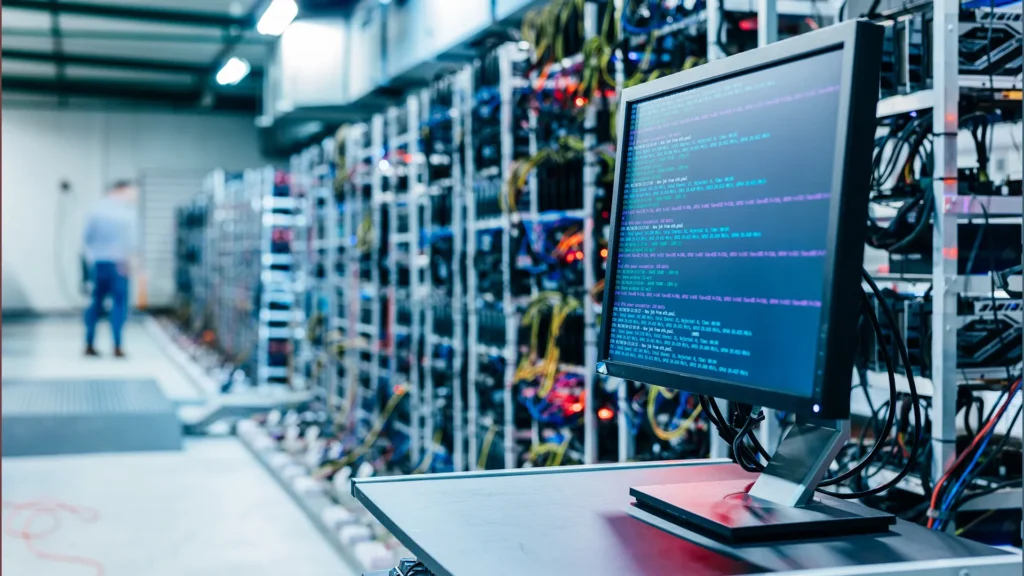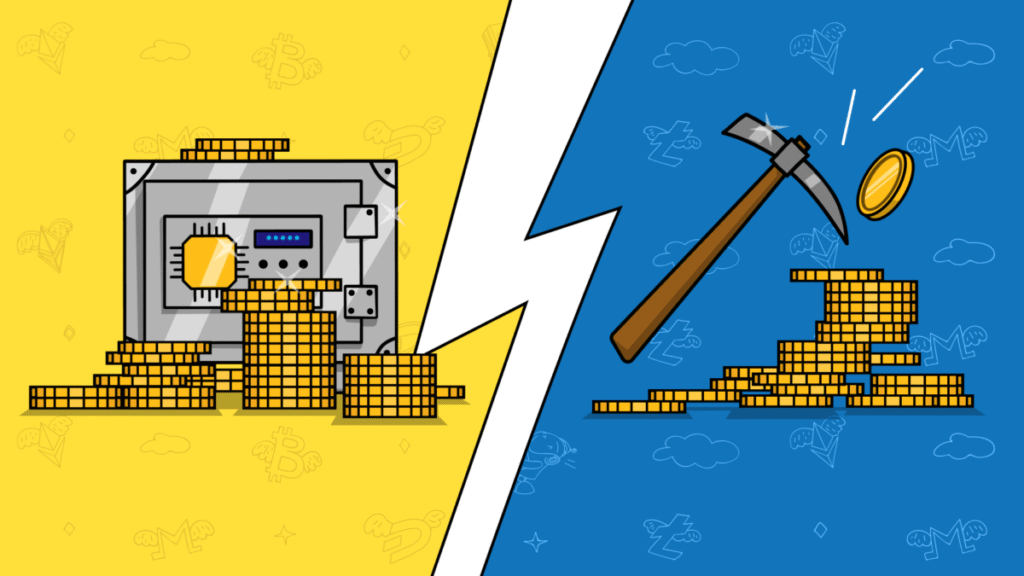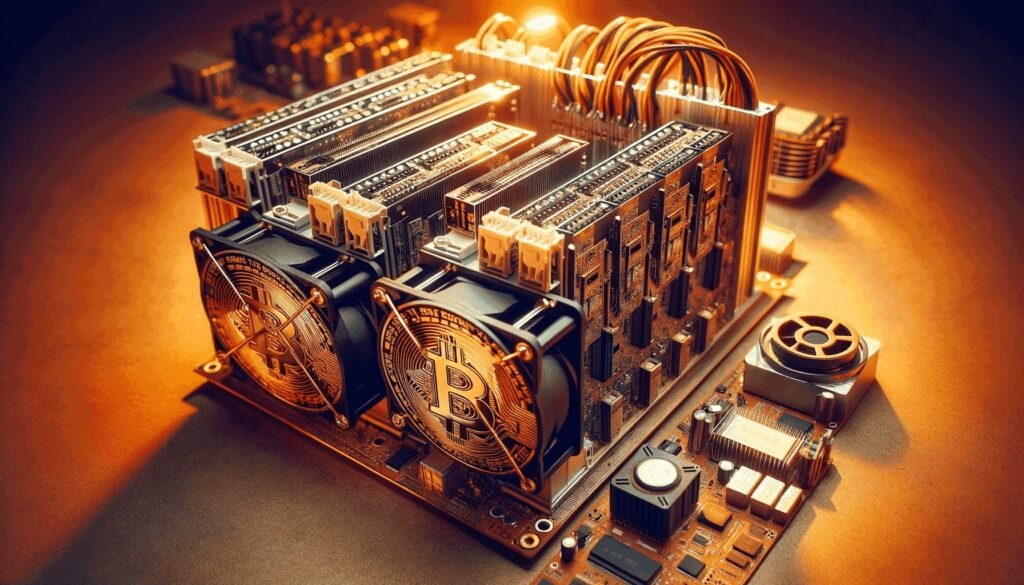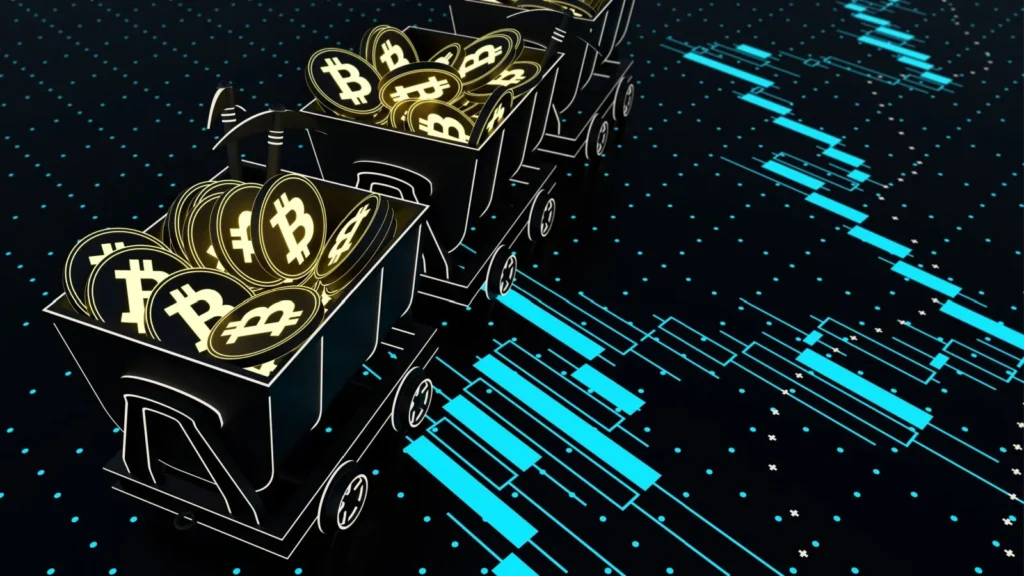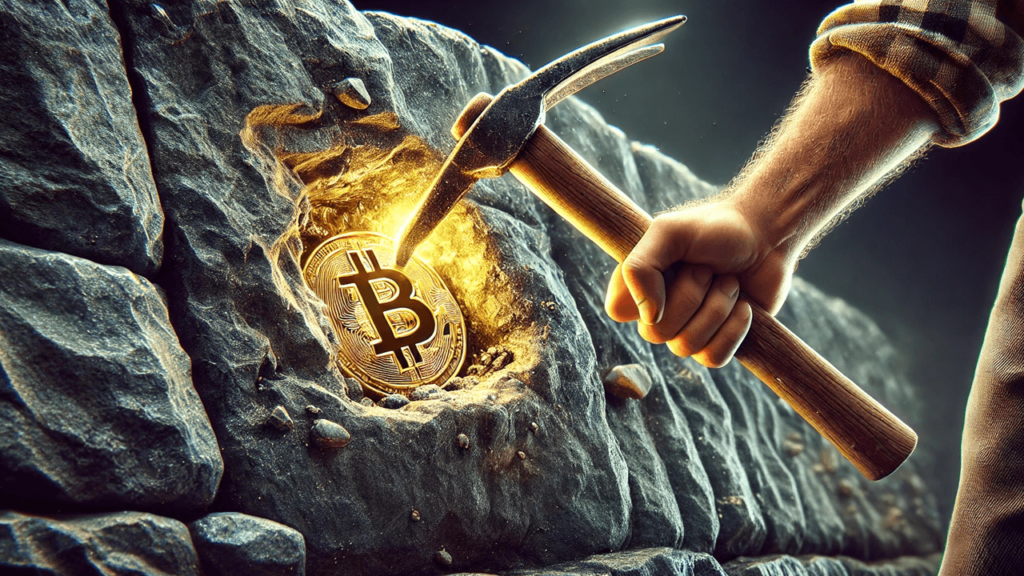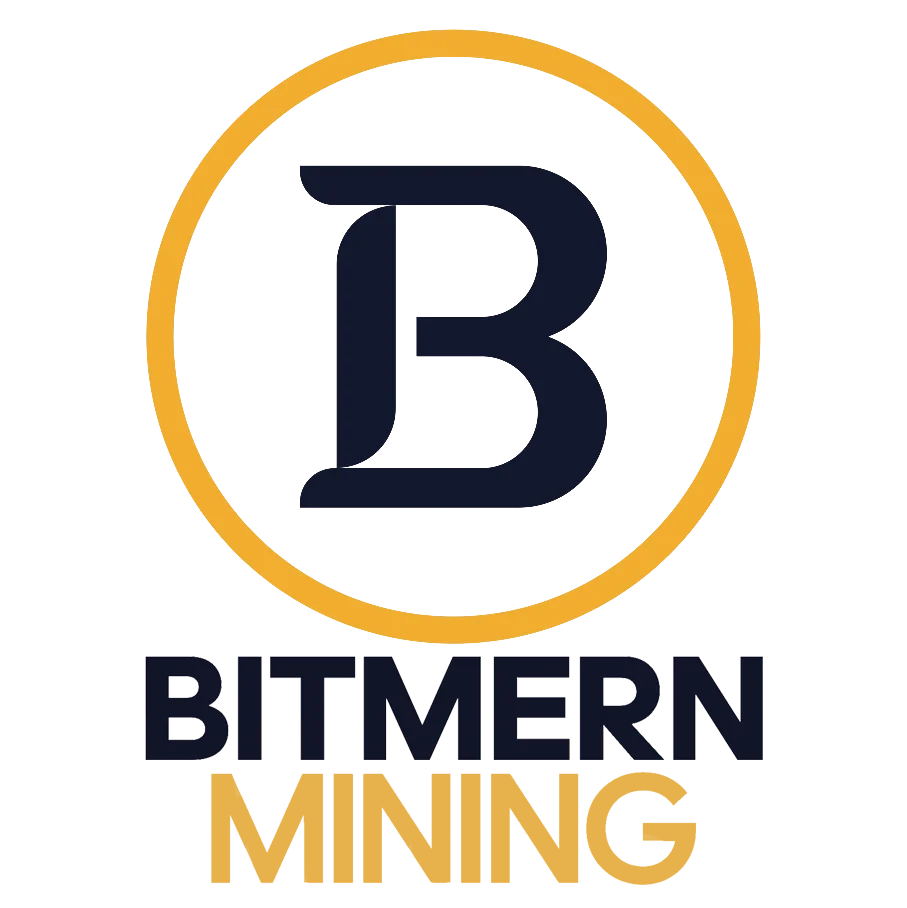Introduction: What Is Bitcoin Mining?
Bitcoin mining is the backbone of the Bitcoin network. It serves two core purposes: verifying transactions on the blockchain and releasing new bitcoins into circulation through solving cryptographic puzzles—a process known as Proof of Work (PoW).
Think of it like a digital version of gold mining: miners stamp out blocks of transactions, compete to solve a complex math puzzle, and are rewarded with new Bitcoin.
Step-by-Step: How Bitcoin Mining Works
- Collecting Transactions
Pending transactions are gathered from the “mempool” and bundled into a new block. - Creating a Block & Merkle Root
Transactions are hashed in pairs repeatedly until one final hash remains—this is the Merkle root included in the block. - Proof of Work Puzzle
Miners repeatedly adjust a number called a nonce and rehash the block’s data each time, aiming for a result (hash) that meets the network’s difficulty criteria. - Solving & Broadcasting
The first miner to find a valid hash broadcasts their new block to the network. Other nodes validate it and, if correct, the block is added to the blockchain. - Earning Rewards
The successful miner is rewarded with newly minted Bitcoin and the transaction fees contained in that block.
Key Concepts Every Miner Should Know
- Hashrate
Represents computing power (hashes per second). The higher your hashrate, the better your chances of solving block puzzles. - Difficulty
A dynamic threshold adjusted about every two weeks (every 2,016 blocks) to keep the average block time around 10 minutes. - Halving
Every ~4 years (210,000 blocks), block rewards are cut in half. The most recent one occurred on April 20, 2024, dropping the reward to 3.125 BTC. - Mining Pools
Solo mining is nearly obsolete due to fierce competition. Mining pools combine many miners’ power and distribute rewards based on contribution.
Behind the Scenes at BitMern Mining
BitMern Mining, offer hosting and management of mining rigs, delivering daily BTC payouts for miners, with electricity costs starting from just £0.05 per kWh (approx.)
We also highlight the importance of crypto calculators, especially mining calculators, to estimate profitability by factoring in hashrate, electricity costs, and mining difficulty.
Summary Table
| Topic | Key Takeaway |
|---|---|
| Process | Gather transactions → build block → solve puzzle → broadcast → earn reward |
| Hardware & Scale | ASICs required; solo mining outdated; pools are essential |
| Economics | High costs (hardware, electricity); profit depends on efficiency |
| Environmental Impact | Energy-intensive; use of renewables reduces footprint |
| Rewards Dynamics | Rewards halve every ~4 years, controlling supply |
Conclusion
Bitcoin mining is the engine powering new coin issuance and transaction validation. However, it’s no longer a casual practice—it now demands:
- Specialized hardware (ASICs),
- Low electricity costs,
- Strategic participation (often via mining pools),
- And continuous economic modeling (e.g., via crypto calculators).
BitMern Mining provides a hands-off entry point to mining, offering managed services and tools to help evaluate profitability.
If you’re curious to start mining but want lower risk and expert handling, this is a route worth exploring.



